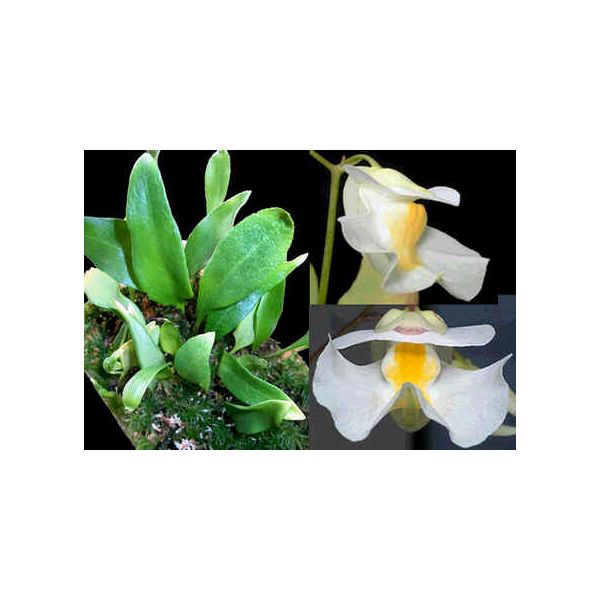Utricularia Alpina Seeds (Alpine Bladderworts Seeds)
Utricularia Alpina Seeds (Alpine Bladderworts Seeds)
The leaves are elliptical 5 to 20 cm long. They are generally grown for their spectacular flowers that can put orchids to shame.

Delivery
All orders shipped with UPS Express.
Always free shipping for orders over US $250.
All orders are shipped with a UPS tracking number.
Returns
Items returned within 14 days of their original shipment date in same as new condition will be eligible for a full refund or store credit.
Refunds will be charged back to the original form of payment used for purchase.
Customer is responsible for shipping charges when making returns and shipping/handling fees of original purchase is non-refundable.
All sale items are final purchases.
Help
Give us a shout if you have any other questions and/or concerns.
Email: contact@domain.com
Phone: +1 (23) 456 789
Availability: Out of stock
SKU
Utricularia Alpina
Utricularia alpina, or the Alpine Bladderworts grows mainly as an epiphyte in the wild. Utricularia are found growing in moss, bark, or decaying leaves on cliffs, hillsides, and fog forests in the Caribbean, Central and South America. The plant can reach 40 cm hight. Quite easy to grow.
The leaves are elliptical 5 to 20 cm long. They are generally grown for their spectacular flowers that can put orchids to shame. The short flowering stalk produces up to four large white flowers with yellow plates up to 4 cm in diameter. Flower easily. It grows year around without visible dormancy.
The bladder-trap is unique to the Utricularia, giving them their nickname of Bladderworts. Utricularia has no true root system. They form creeping or floating, thin, hair-like stems that extended away from the main body of the plant. The bladder-traps are held on these stems. Most of the traps are underground and are too small to hand feed. So, it has to catch it's own microscopic prey. Thin, filament-like hairs protrude from the trap door. These serve as guides to send the prey toward the door. These plants use low pressure inside the chamber vs. high pressure outside. When a bug activates the hairs, the door opens quickly, forcing the victim into the low-pressure digestion area. The water is pumped out and the mulcilage seal is re-established. The plant now secrets digestive juices to break down the captured prey and absorb the mineral rich fluid. Trapping usually occurs within 1/50 of a second. It is believed that glands found around the closed entry may also secrete an attractant that may aid in luring prey.
Hardiness zone 11, (4øC/40øF) in Winter. This plant is grown in pure live sphagnum, you can also use one part live sphagnum moss for one part perlite. Grow in bright to diffused light with a temperature of 15-20øC in Winter and 20-35 øC in Summer. Utricularia make excellent additions to any terrarium or bright window sill. Epiphytic Utricularia prefer frequent overhead watering, at least once a day in Summer, and once every few days in Winter. To overcome dry periods, some of the species such as Utricularia Alpina, have tubes in which they are able to store moisture. Like other carnivorous plants, they do require pure water and can be killed by fertilizer in the soil.
| Label | Utricularia alpina |
|---|---|
| Common name | Alpine Bladderwort |
| Genus | Utricularia |
| Species | Utricularia alpina |
| Germination | The seeds are really tiny. Sow the seeds directly on the surface of your moist but not soaked soil mix. Do not cover them with any medium. Cover the top of the pot with clear plastic so the humidity will remain high, place them in an area with real nice strong light and keep the temperature around 25øC / 76øF. When you see some tiny plants starting to sprout, slowly open the top of the pot, a little each day, so that the new seedlings don't go into shock from the humidity being lowered too quickly. Germination usually occurs in a few weeks, but it can take longer, don't give up. Make sure that it gets good air circulation. |
| Price View | Price Range |

